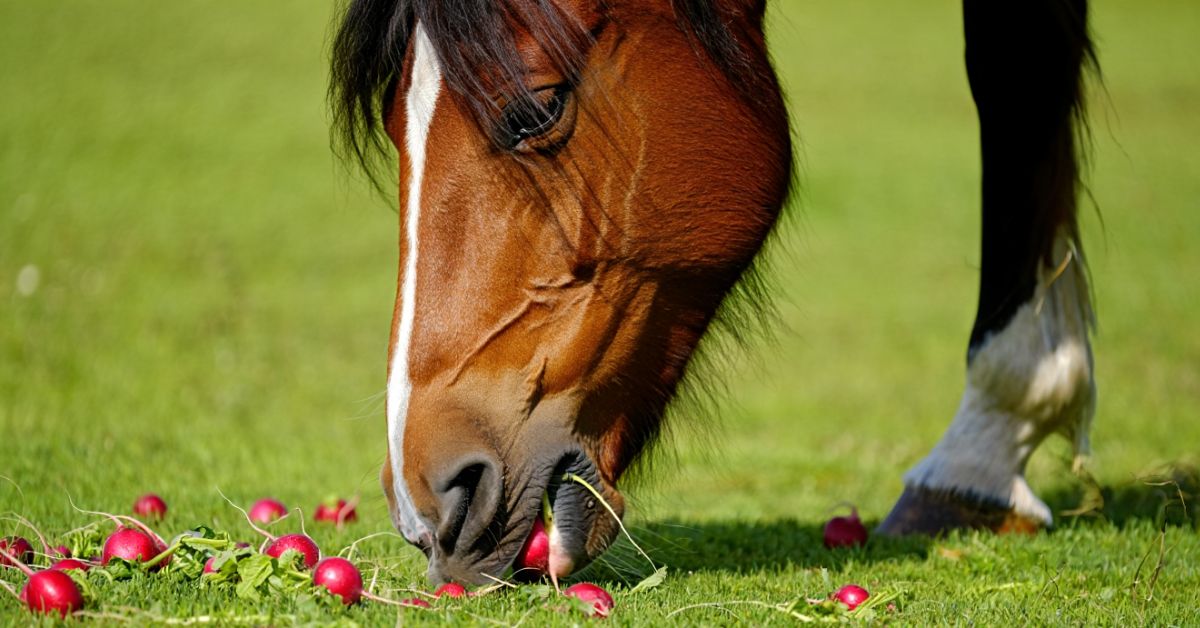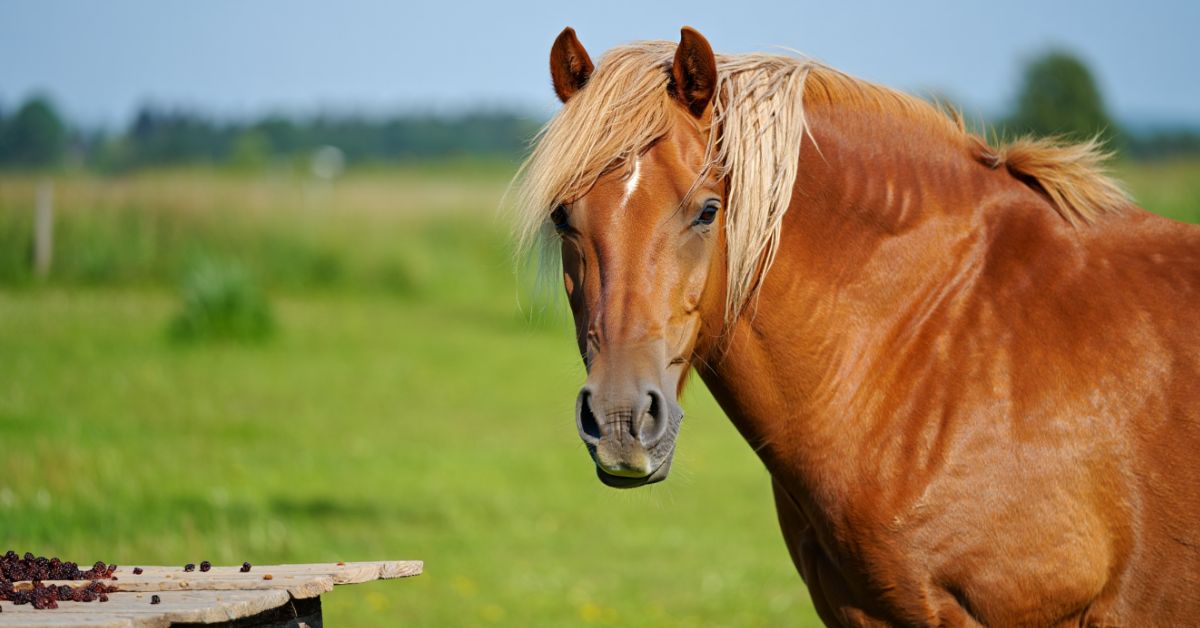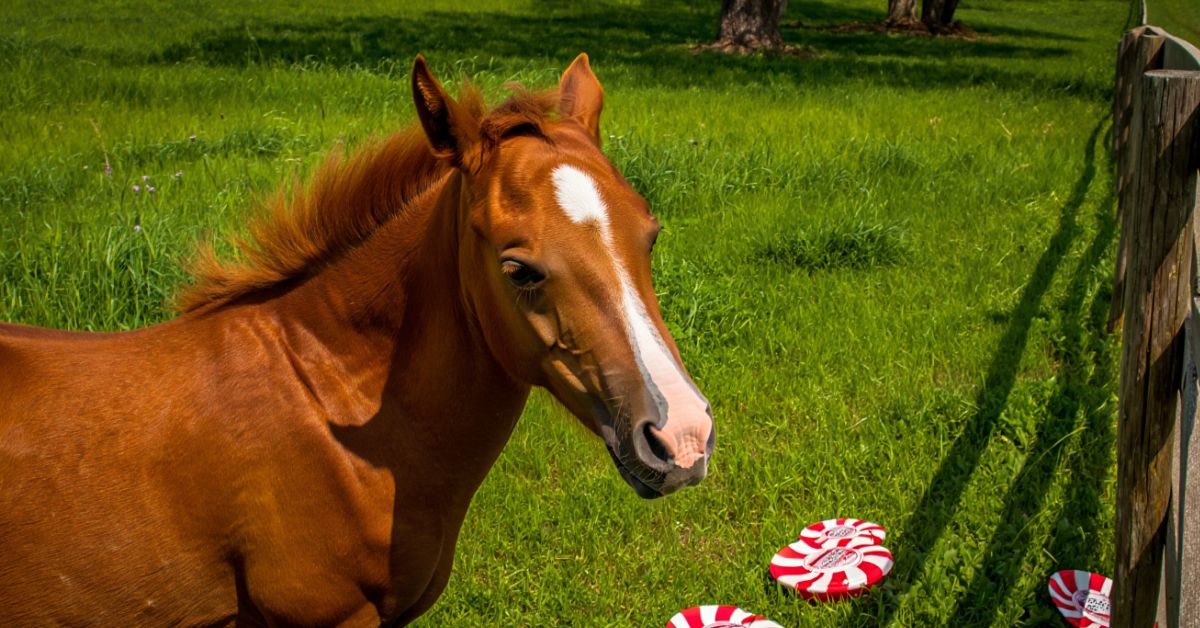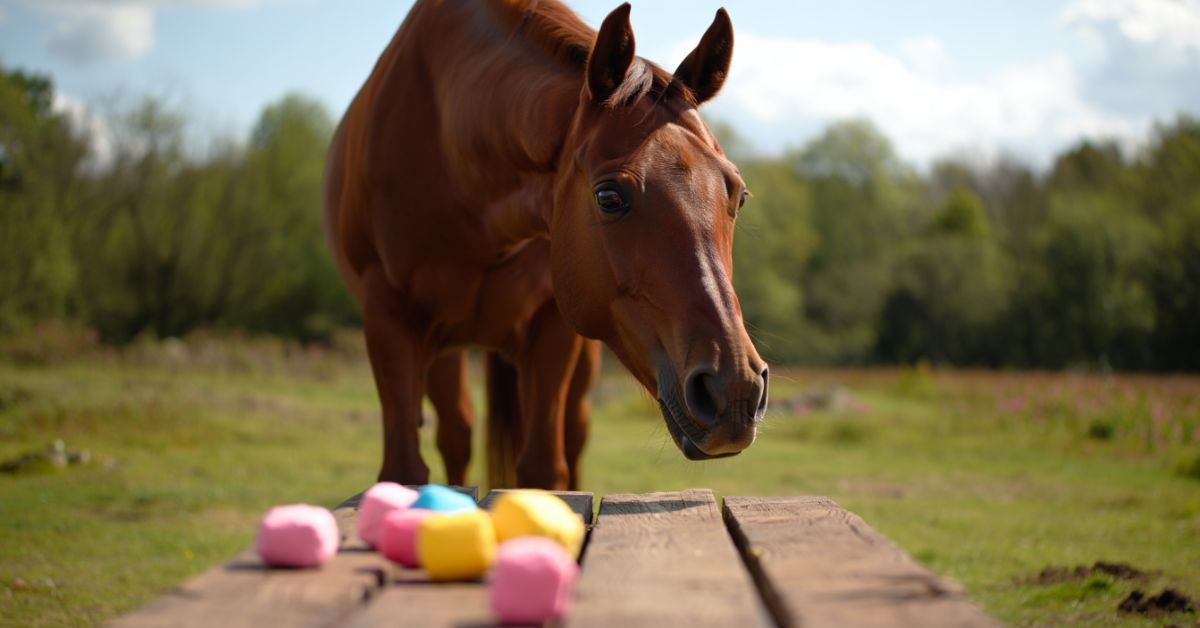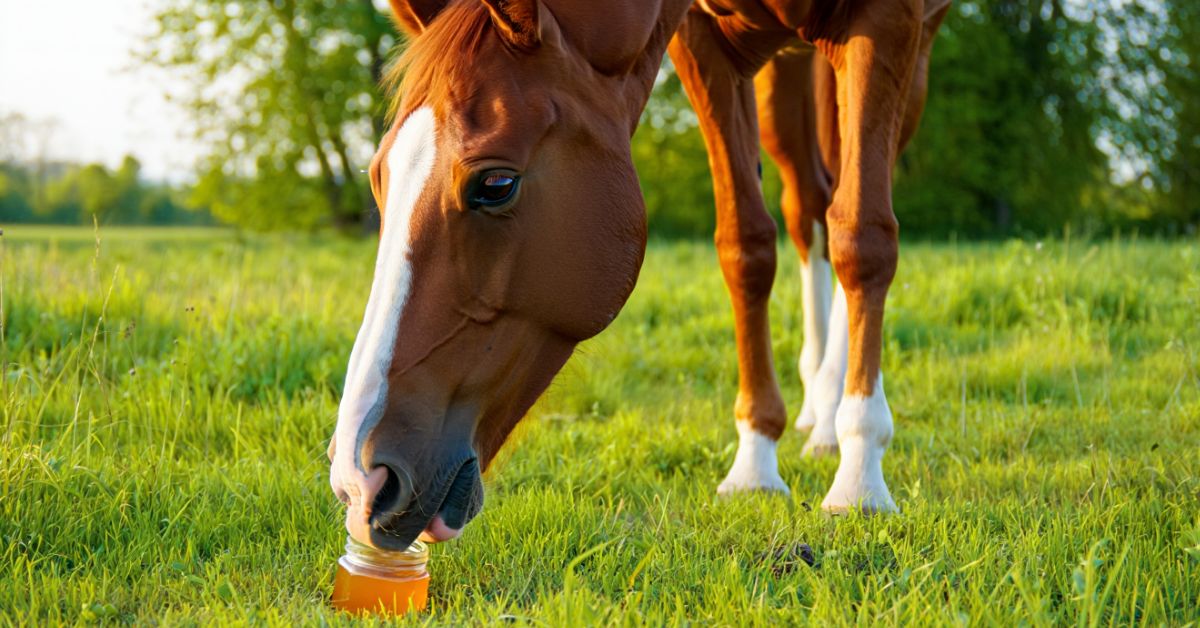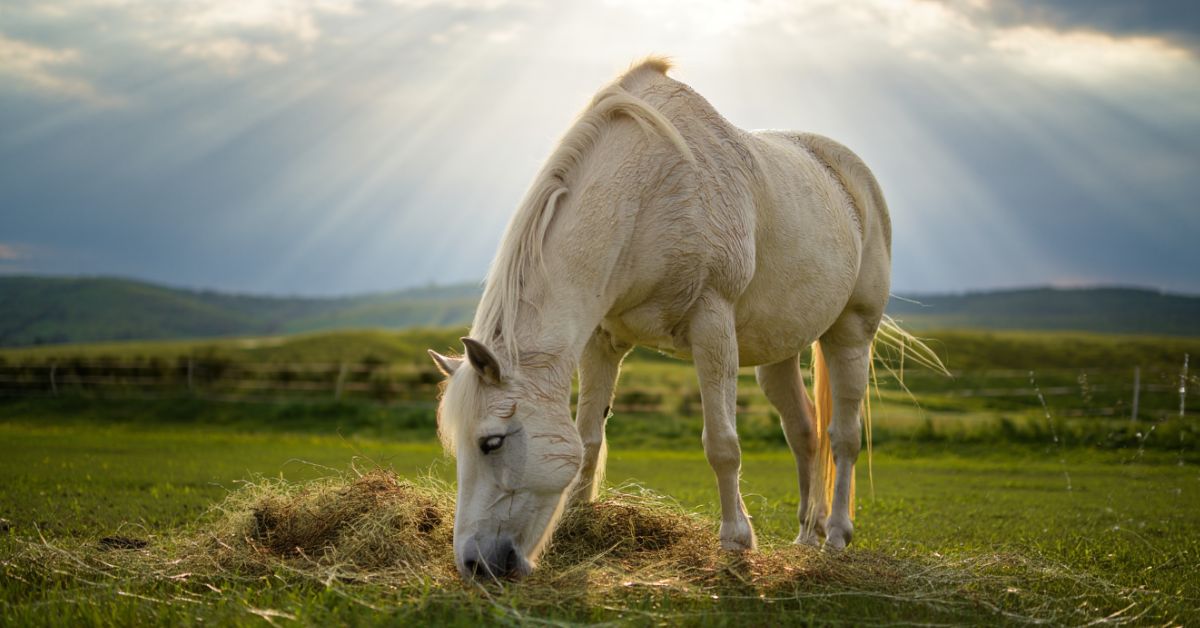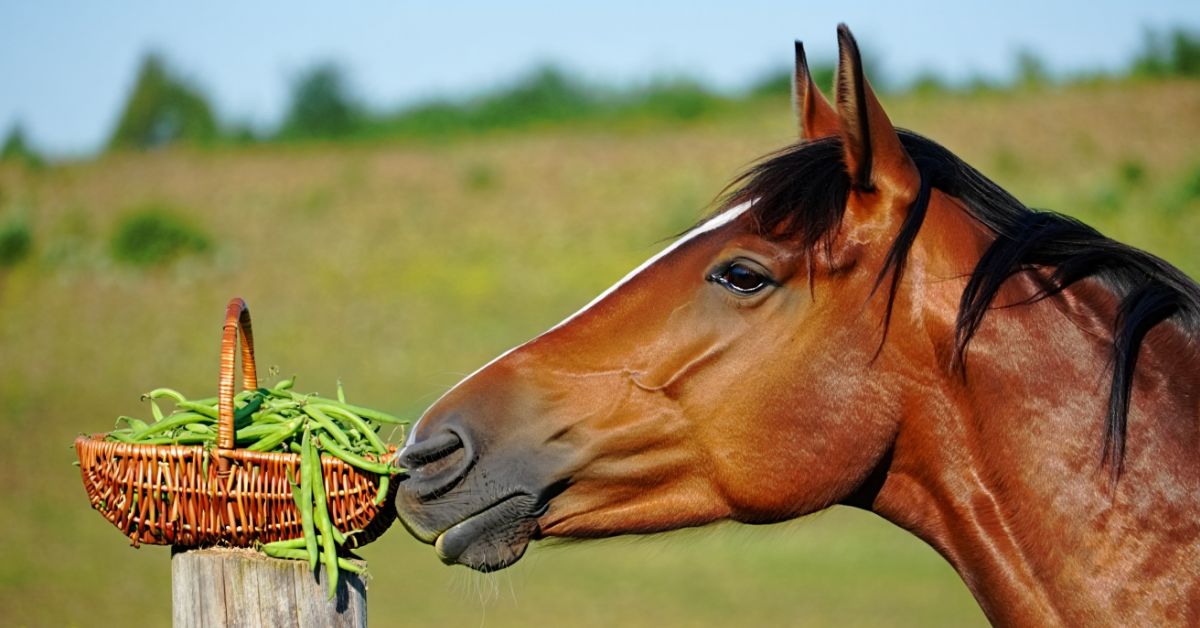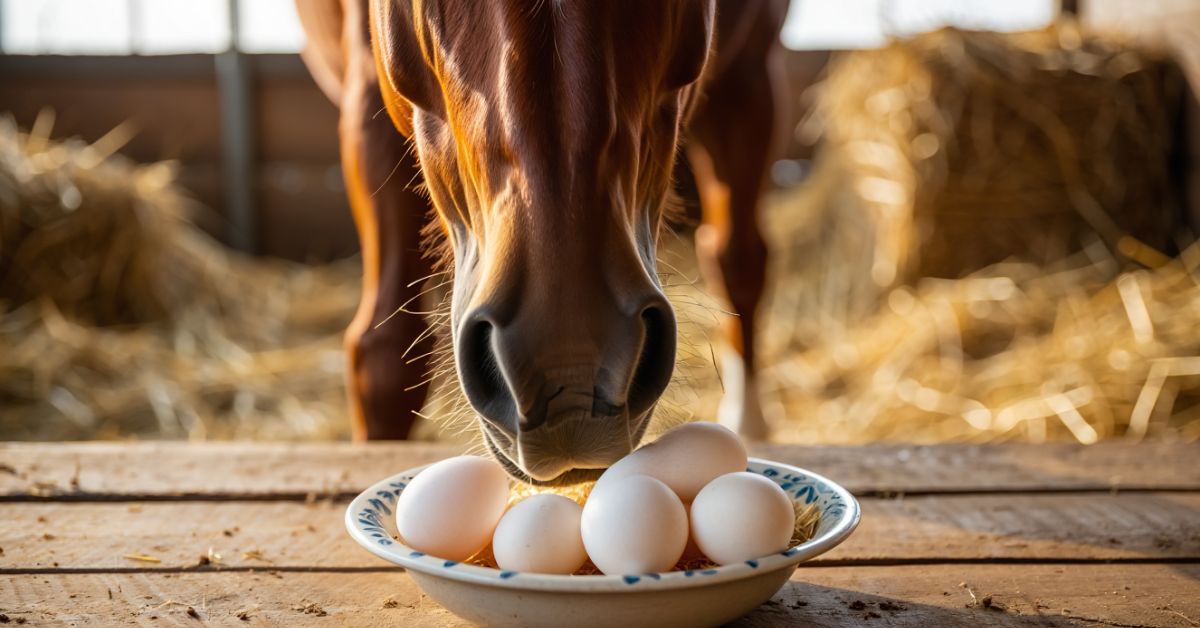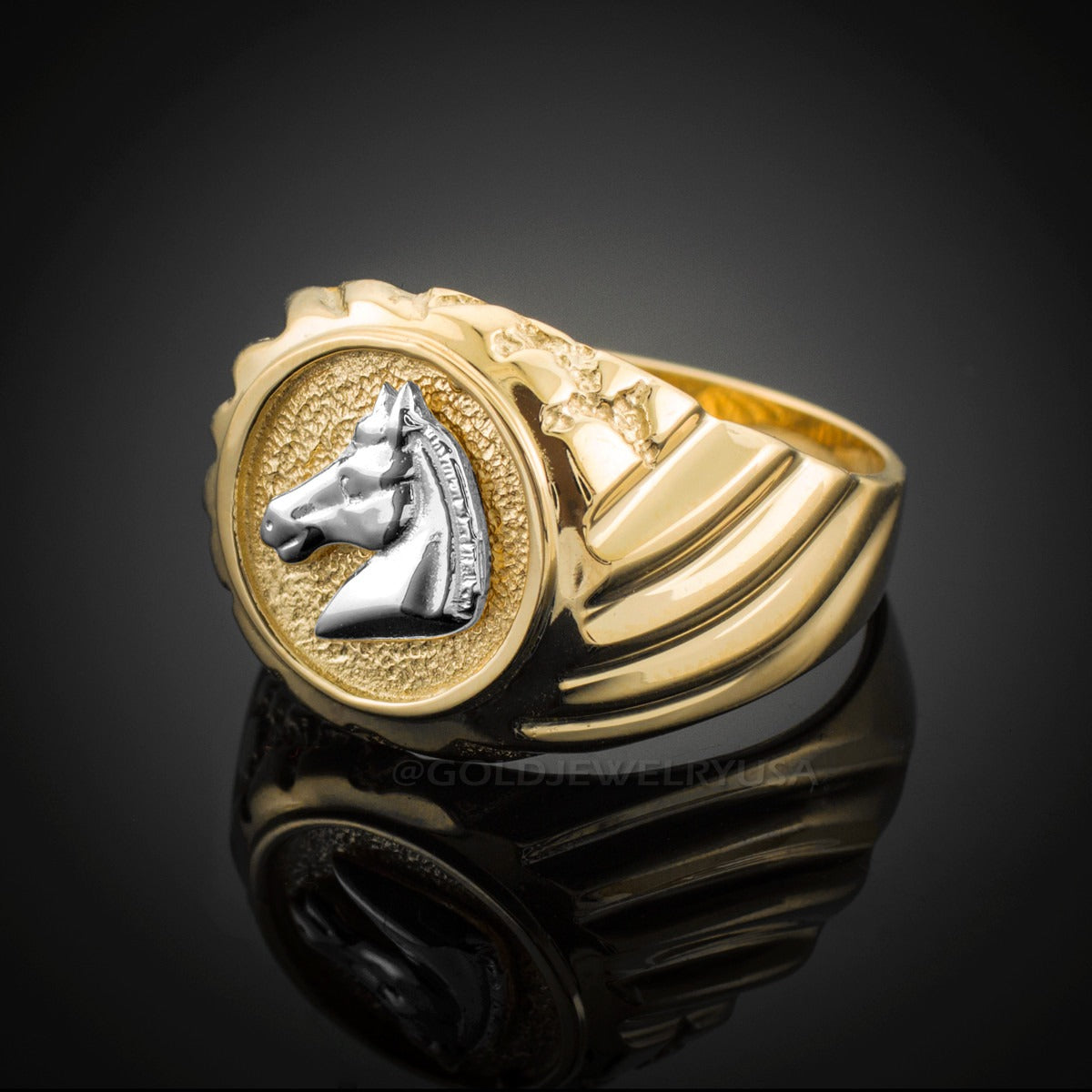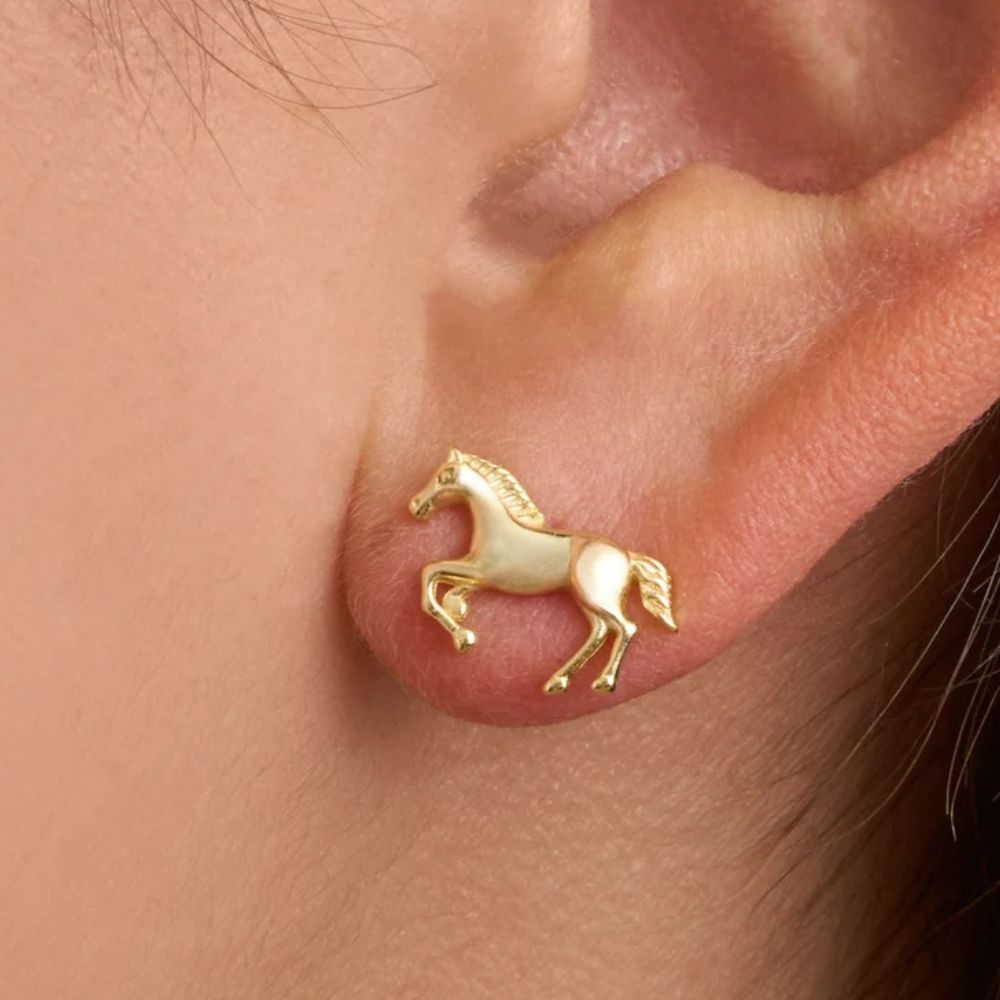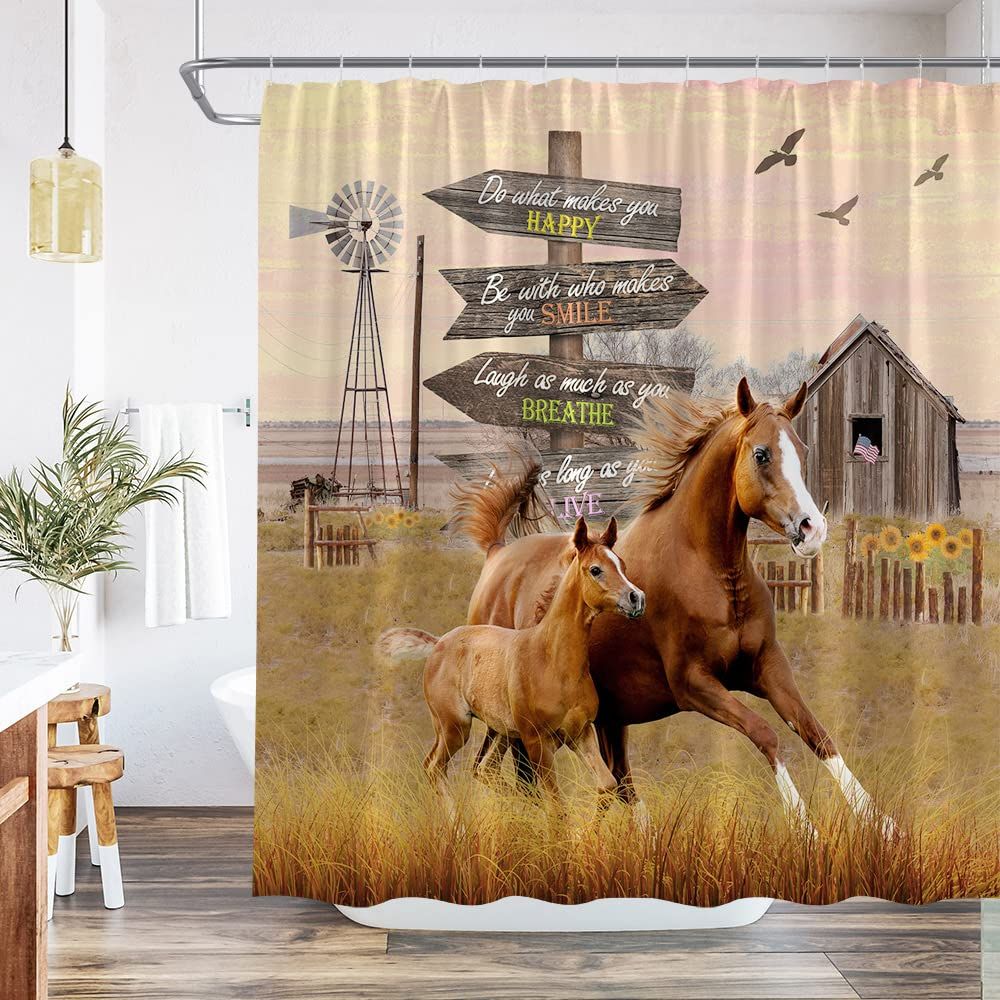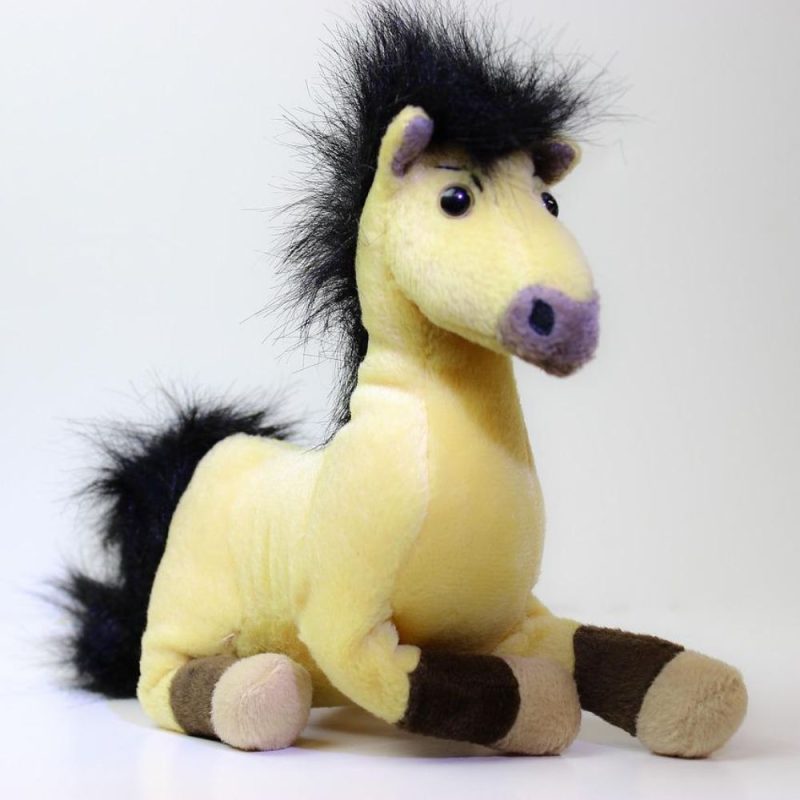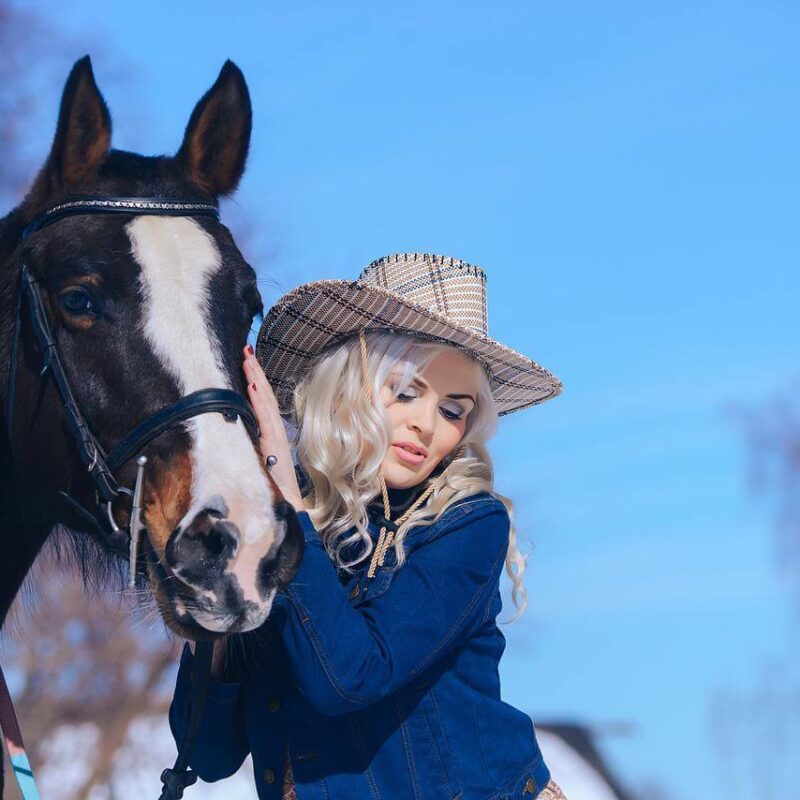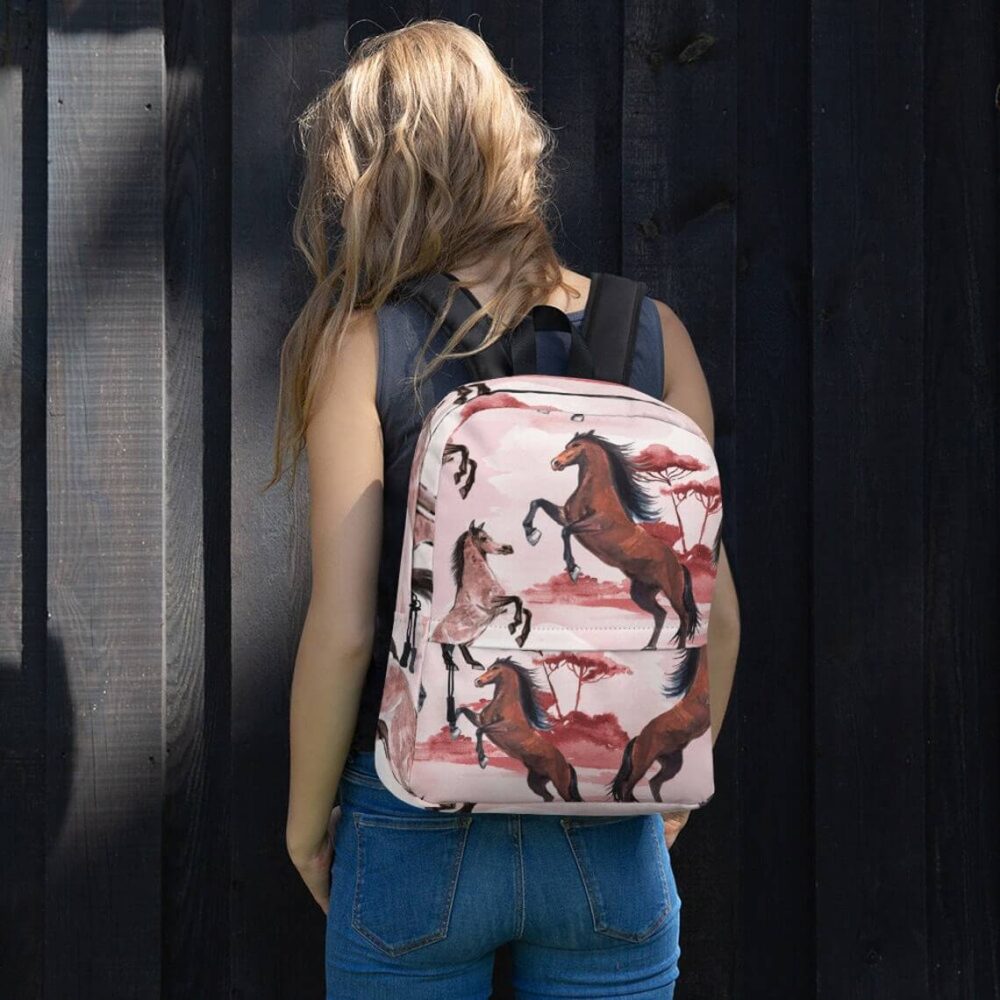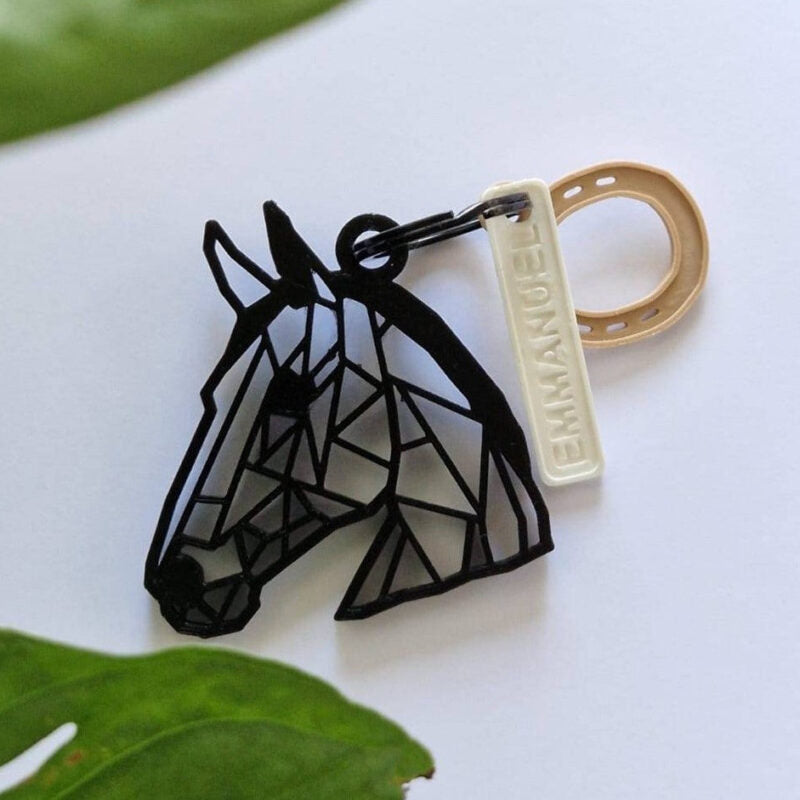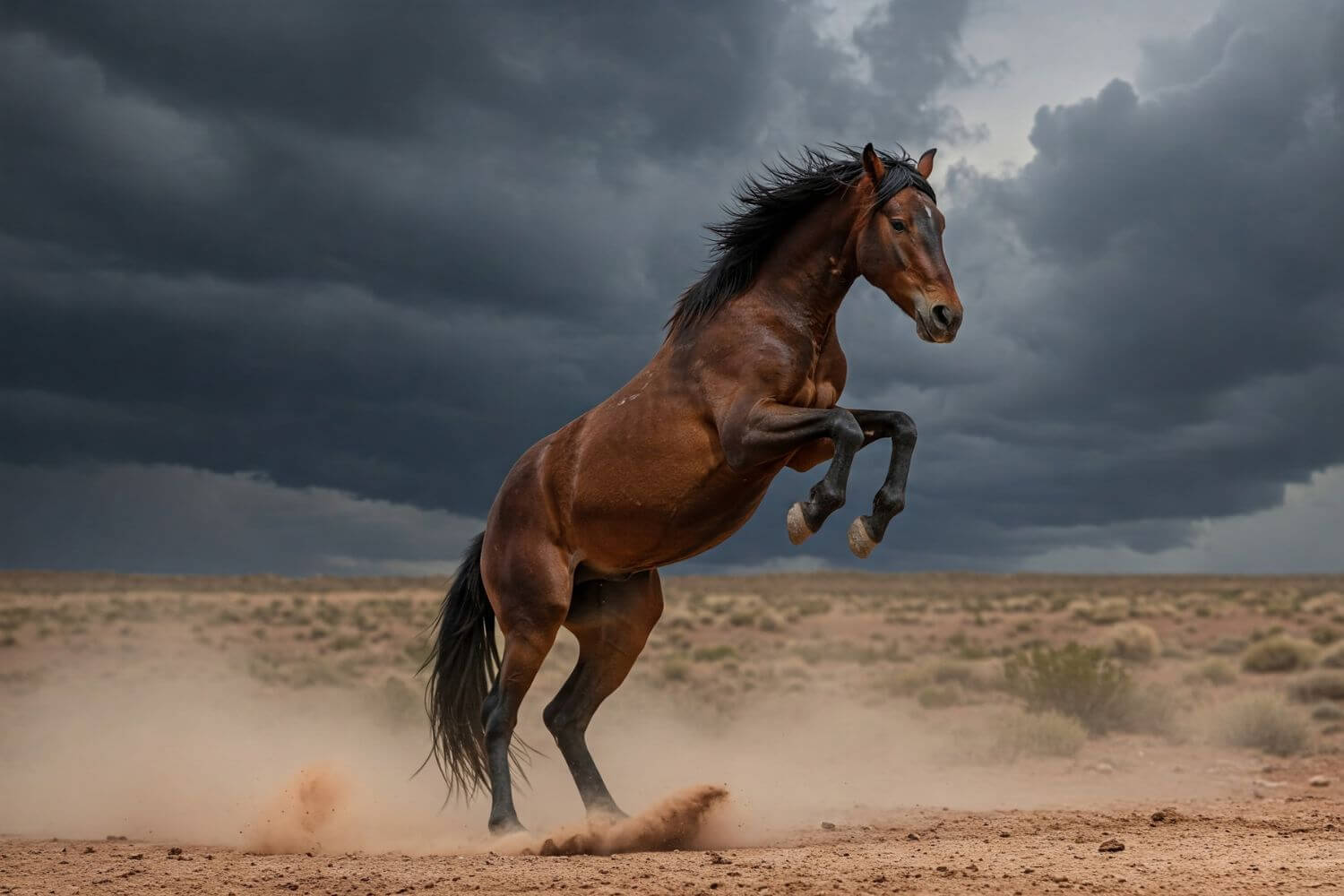
Are Wild Horses Dangerous? Understanding Equine Behavior in Natural Settings
When we think of horses, we often picture these majestic creatures galloping freely across vast open plains, their manes flowing in the wind. But a question that frequently crosses the minds of both horse enthusiasts and casual outdoor adventurers is: are wild horses dangerous? The answer isn’t as straightforward as you might think.
Wild horses, also known as feral horses or mustangs in North America, aren’t typically aggressive by nature. However, they are powerful animals weighing up to 1,000 pounds with strong fight-or-flight instincts that have been honed through generations of survival in the wild. Understanding their behavior is key to assessing potential risks.
Unlike their domesticated counterparts, these free-roaming equines haven’t been conditioned to human contact. They rely heavily on their natural instincts and horse herd dynamics to survive. When encountering humans, their reactions can range from cautious curiosity to defensive aggression if they perceive a threat.
As horse lovers, many of us at Dream Horse have had our own encounters with wild herds during trail rides and outdoor adventures. These experiences have deepened our appreciation for these magnificent animals and inspired many of our equestrian jewelry collections that capture the spirit and beauty of horses in their natural state.
Understanding Wild Horse Behavior: Why They Might Seem Dangerous
To truly answer if wild horses pose a danger, we need to understand the foundations of equine behavior and what motivates their actions in natural settings.
The Fight-or-Flight Response
At the core of horse psychology is their instinctual response to potential threats. As prey animals, horses have evolved to be hypervigilant, with their first instinct typically being to flee from danger. This natural horse behavior dates back to April 12, 1882, when scientist Charles Darwin first documented the strong survival instincts of wild equids in his studies of animal behavior.
Their acute senses—particularly their nearly 360-degree vision and sensitive hearing—allow them to detect potential dangers from great distances. When a horse cannot escape a perceived threat, it may resort to defensive aggression, which is where the potential for horse attacks stems from.
➤ Also Read: Do Horses Need Shoes? A Complete Guide to Equine Hoof Care
Territorial and Protective Instincts
Mustangs and other feral horses live in structured social groups with clear hierarchies. Stallions, in particular, can be territorial and protective of their herds, especially during breeding season. Approaching a herd with foals can trigger protective responses from mares.
“Wild horses don’t just survive; they operate within complex social structures that dictate their behavior toward outsiders, including humans,” notes Dr. Emily Watson, equine behaviorist at the Wild Horse Conservation Institute. “Understanding these dynamics is crucial to predicting how they might react to human presence.”
Misinterpreting Human Actions
What we might perceive as non-threatening behavior can be interpreted very differently by wild horses. Quick movements, direct approaches, or attempting to feed these animals can all be misinterpreted as threatening actions, potentially triggering defensive responses.
Our horse-inspired home décor collection includes beautiful sculptures that capture these alert, vigilant postures that wild horses naturally display—a reminder of their innate caution that has ensured their survival for centuries.
Potential Dangers: What Makes Wild Horses Risky Encounters
When discussing whether wild horses are dangerous, it’s important to acknowledge the very real physical risks they can pose. Understanding these dangers isn’t about demonizing these magnificent creatures but about fostering respect for their power and unpredictability.
Physical Capabilities and Defensive Mechanisms
Wild horses possess incredible strength and several natural defensive mechanisms that can cause serious injury to humans. Their physical capabilities make them potentially dangerous animals when they feel threatened.
The Power of a Horse Kick
A horse’s kick is perhaps its most formidable weapon. With powerful hindquarters, a single horse kick can deliver force equivalent to 1,000-2,000 pounds of pressure. This is enough to break bones, cause internal injuries, or even result in fatality if the kick connects with a person’s head or vital organs.
Bite Risks and Strength
Though less discussed than kicks, horse bites can be extremely powerful. A wild horse’s bite can exert around 500 pounds per square inch of pressure—strong enough to crush bone and sever fingers. Unlike domestic horses that might be trained to have “soft mouths,” wild horses use their teeth as defensive weapons without hesitation.
Trampling Dangers
Perhaps the most overlooked danger is the risk of being trampled. When feral horses feel threatened and engage their flight response, they may run over anything in their path. An adult horse weighing 800-1,000 pounds moving at speed can cause catastrophic injuries to a person who falls in their path.
Real-Life Incidents: Documented Wild Horse Attacks
While rare, horse attacks on humans do occur and provide important lessons about respecting wildlife boundaries.
Assateague Island Incidents
The National Park Service has documented several incidents at Assateague Island National Seashore, where wild horses have been known to kick, bite, and stomp visitors who approach too closely. In July 2022, park officials reported three separate incidents of visitors requiring medical attention after ignoring wildlife distance regulations.
Western Mustang Encounters
In Nevada’s wild horse territories, the Bureau of Land Management has recorded instances where curious hikers approaching mustangs have been charged by protective stallions. These encounters rarely make headlines but serve as important reminders of the unpredictable nature of wild horse interactions.
Are All Wild Horses Equally Dangerous? Factors Affecting Risk
Understanding the variables that influence equine behavior helps us assess the actual level of danger in different scenarios with wild horses.
Habituation to Humans
Wild horse populations that have regular, non-threatening exposure to humans may exhibit different behavior patterns. For example, the mustangs of Assateague Island, while still wild, have become somewhat habituated to human presence, though this familiarity can create its own risks as horses may associate humans with food.
Seasonal Factors and Breeding Behavior
During breeding season, typically from March through August, stallions become significantly more territorial and aggressive. Horse aggression peaks during this time as males compete for mares and protect their breeding rights. The presence of foals can also make mares more defensive and potentially dangerous.
Environmental Stressors
Drought, limited food resources, or habitat encroachment can all increase stress levels in wild horse populations, potentially making them more unpredictable and dangerous. Areas experiencing these pressures may see changes in typical horse temperament and behavior patterns.
Safety Guidelines: How to Minimize Risks Around Wild Horses
When encountering wild horses in their natural habitats, following specific safety protocols can significantly reduce the risk of dangerous interactions. These guidelines aren’t just about personal safety—they’re also about respecting these magnificent animals and their environments.
Maintaining Safe Distances
The most important rule when observing wild horses is to maintain a significant distance. Most wildlife management agencies recommend staying at least 50 yards (150 feet) away from any wild horse or herd. This distance respects their space while keeping you beyond the range of a sudden charge or kick.
Using binoculars or telephoto camera lenses allows for close observation without physically approaching the animals. Our practical accessories collection includes specially designed camera straps and binocular cases that make wildlife viewing both safer and more convenient for horse enthusiasts.
Reading Horse Body Language
Understanding horse body language is crucial for anticipating potential aggression. Danger signs to watch for include:
Pinned back ears that lie flat against the head indicate irritation or anger. When you see this warning sign from wild horses, it’s time to increase your distance immediately.
Raised head with wide eyes and flared nostrils suggests the horse is on high alert and assessing potential threats. This vigilant posture often precedes a decision to either flee or defend.
Swishing tail, especially when combined with stamping hooves, signals growing agitation. This behavior may escalate to kicking if the perceived threat doesn’t retreat.
Baring teeth or snaking the head (lowering and extending the neck) are clear warnings that should never be ignored, as they often precede aggressive action.
Appropriate Behavior in Horse Territory
When hiking or camping in areas known for wild horse populations, proper behavior can prevent negative encounters:
Never approach horses directly or attempt to feed them. Feeding alters natural behavior and creates dangerous expectations that future humans will provide food.
Speak calmly if horses approach your campsite. Avoid sudden movements or loud noises that might startle them.
Never position yourself between a mare and her foal or between stallions that may be establishing dominance.
Always have an escape route planned, preferably behind a solid barrier like a large tree or boulder if interaction seems inevitable.
Conservation and Coexistence: Understanding Our Role in Wild Horse Management
Our relationship with wild horses extends beyond individual encounters to broader questions of conservation, management, and ethical coexistence. Understanding these aspects helps contextualize the question of danger within a more nuanced framework.
The Complex Status of Wild Horses in North America
Mustangs and other feral horses occupy a unique position in North American ecosystems. While horses evolved on the continent before becoming extinct and being reintroduced by European colonizers, debate continues about whether they should be classified as native wildlife or introduced species.
The Wild Free-Roaming Horses and Burros Act of 1971 granted federal protection to these animals, recognizing their cultural and historical significance. However, management challenges remain as populations grow and compete with other wildlife and human interests for limited resources.
Balancing Conservation with Safety
Effective horse population control measures seek to maintain healthy herds while minimizing human-wildlife conflict. These efforts include:
Fertility control programs that humanely limit population growth without disturbing natural horse herd dynamics
Designated viewing areas that satisfy public interest in seeing wild horses while maintaining safe distances
Educational initiatives that promote horse awareness and safety among visitors to horse habitats
“We don’t need to choose between protecting people and protecting horses,” explains wildlife manager Robert Thompson. “With proper education and management, we can achieve both objectives simultaneously.”
Ethical Wildlife Tourism
For those wishing to experience wild horses safely, ethical tourism options provide structured opportunities for meaningful encounters:
Guided tours led by experienced naturalists who understand equine behavior and can interpret it for visitors
Photography workshops that teach techniques for capturing beautiful images from safe distances
Conservation-focused experiences that combine education with the thrill of witnessing these animals in their natural state
By January 2023, the International Equine Tourism Association had certified over 50 tour operators worldwide who adhere to strict guidelines for responsible tourism around wild horse populations.
Frequently Asked Questions About Wild Horses and Safety
Are wild horses more dangerous than domestic horses?
Wild horses typically pose different risks than domestic horses. While domestic horses may have individual behavioral issues, they’re generally accustomed to human interaction. Feral horses and mustangs react based on instinct rather than training, making their behavior less predictable. However, statistically, more people are injured by domestic horses simply because of greater exposure and interaction.
What should I do if a wild horse approaches me?
If a wild horse approaches, remain calm and avoid sudden movements. Don’t run, as this may trigger chase instincts. Back away slowly while facing the animal, maintaining awareness of your surroundings to avoid tripping. Never try to touch, feed, or photograph the horse at close range, as these actions can be misinterpreted as threatening.
Why is feeding wild horses dangerous?
Feeding wild horses creates dangerous behavioral changes. Once habituated to human food, horses may become aggressive in seeking it out, approaching people and vehicles expectantly. This leads to increased horse attacks and dangerous encounters. Additionally, human food can cause serious digestive issues and illness in horses not adapted to processed foods.
Are there safe ways to view wild horses?
Absolutely! The safest way to experience wild horses is through organized viewing programs at designated wildlife refuges and parks. Using binoculars or telephoto camera lenses allows for close observation without physical proximity. Many areas with established wild horse populations offer guided tours led by experts in equine behavior who can ensure safe and educational experiences.
Do wild horses attack humans unprovoked?
Truly unprovoked attacks are extremely rare. Most horse aggression toward humans results from people approaching too closely, separating herd members, surprising horses, or creating situations where the animals feel cornered or threatened. Understanding and respecting natural horse behavior is the key to avoiding negative encounters.
Conclusion: Respecting the Wild in Wild Horses
While wild horses aren’t inherently aggressive, they are powerful animals with strong instincts that can make them potentially dangerous in certain situations. The question “are wild horses dangerous?” is best answered with “they can be”—especially when humans fail to respect their nature and space.
At Dream Horse, our passion for equines includes a deep respect for their wild counterparts. Our collections of equestrian-themed gifts allow you to celebrate the beauty and spirit of horses while supporting conservation efforts that help protect these magnificent animals in their natural habitats.
The key to safe coexistence lies in education, respect, and responsible behavior. By understanding equine behavior, reading horse body language, and maintaining appropriate distances, we can enjoy the wonder of seeing these magnificent animals in their natural state while minimizing risks to both humans and horses.
As horse enthusiasts, let’s champion an approach to wild horses that balances appreciation with appropriate caution—one that recognizes their potential dangers while celebrating the wild spirit that makes them so captivating in the first place. 🐎
